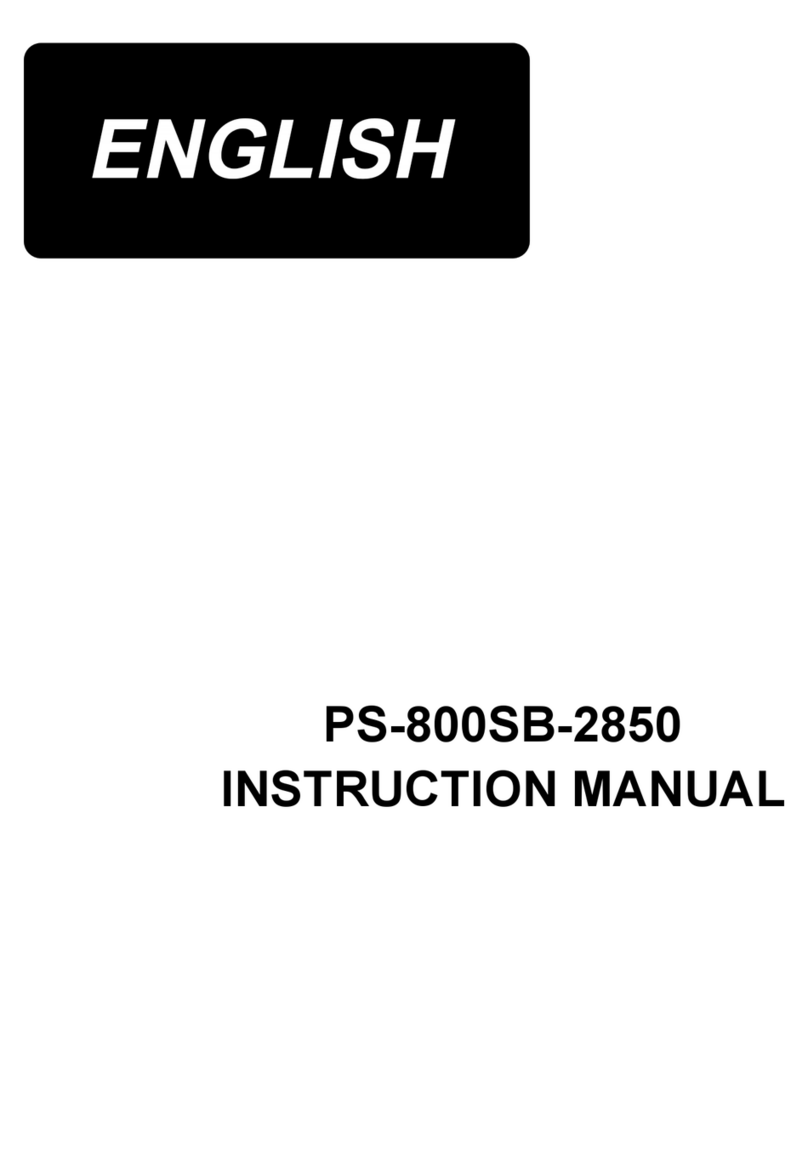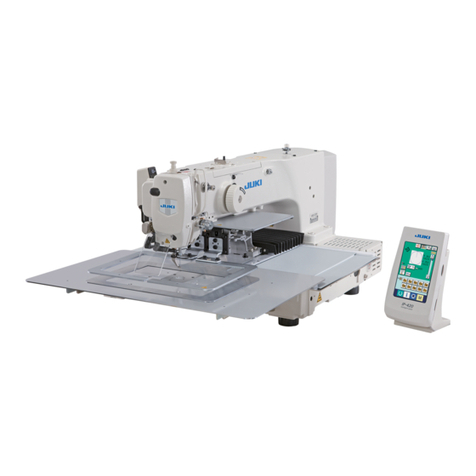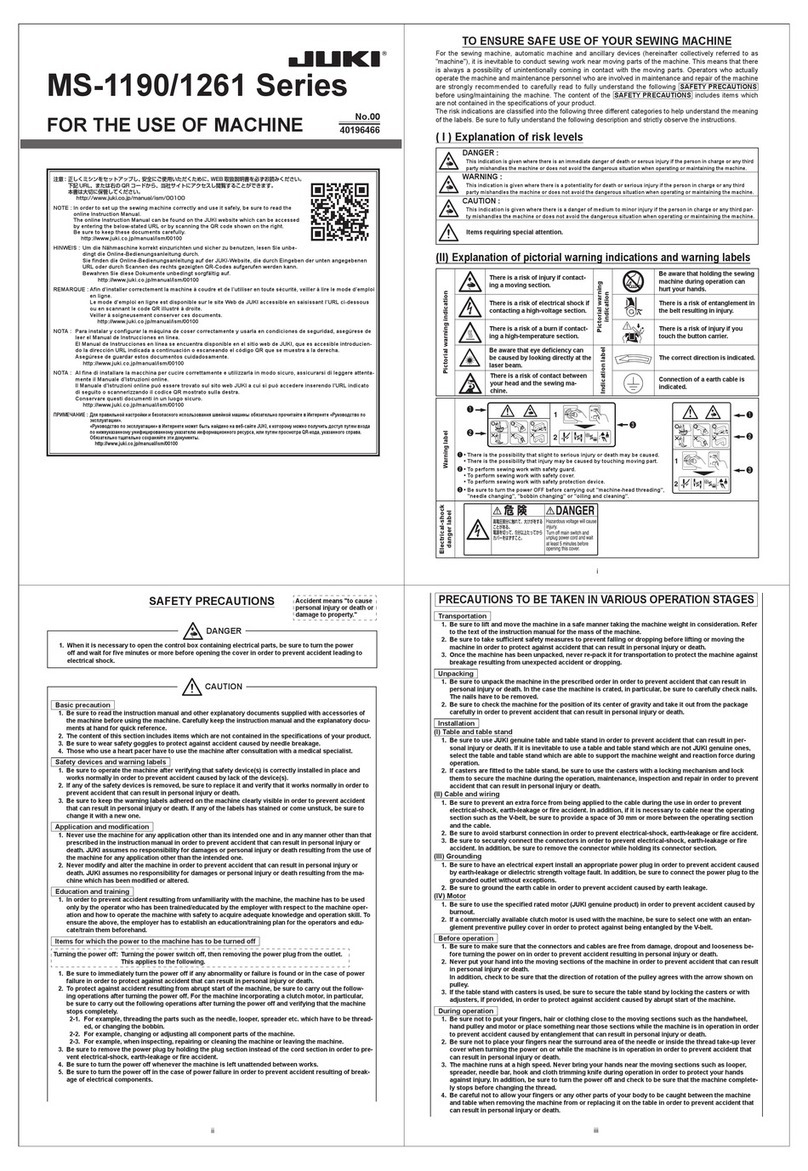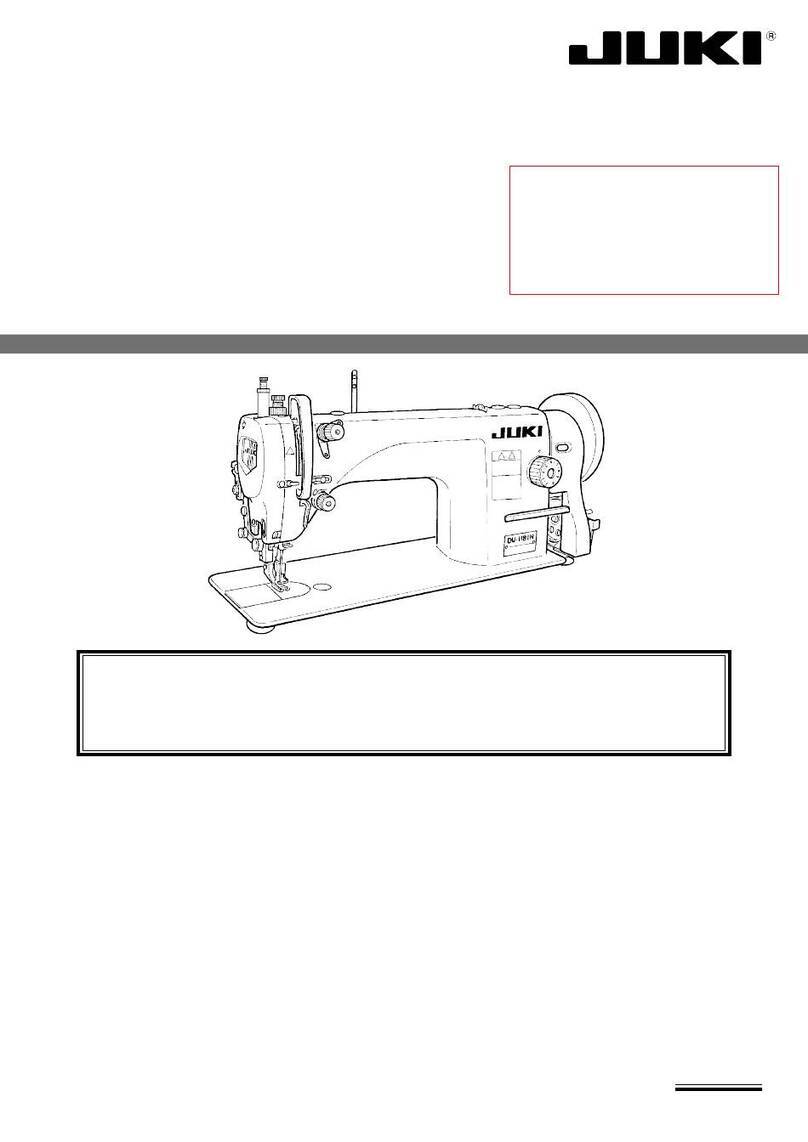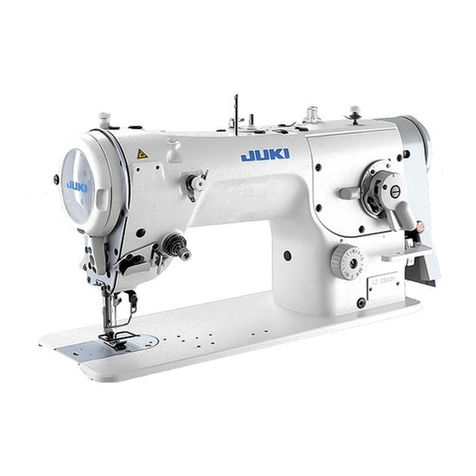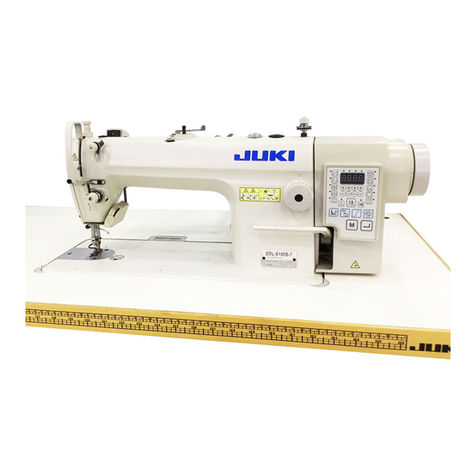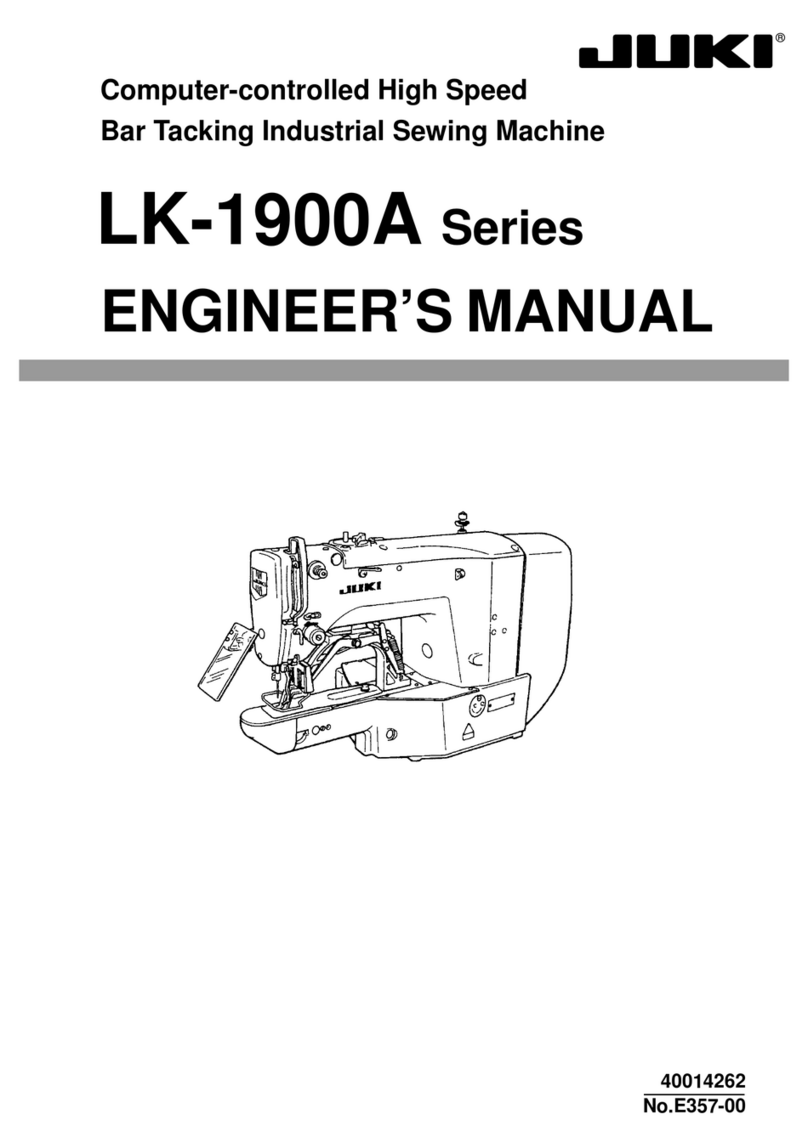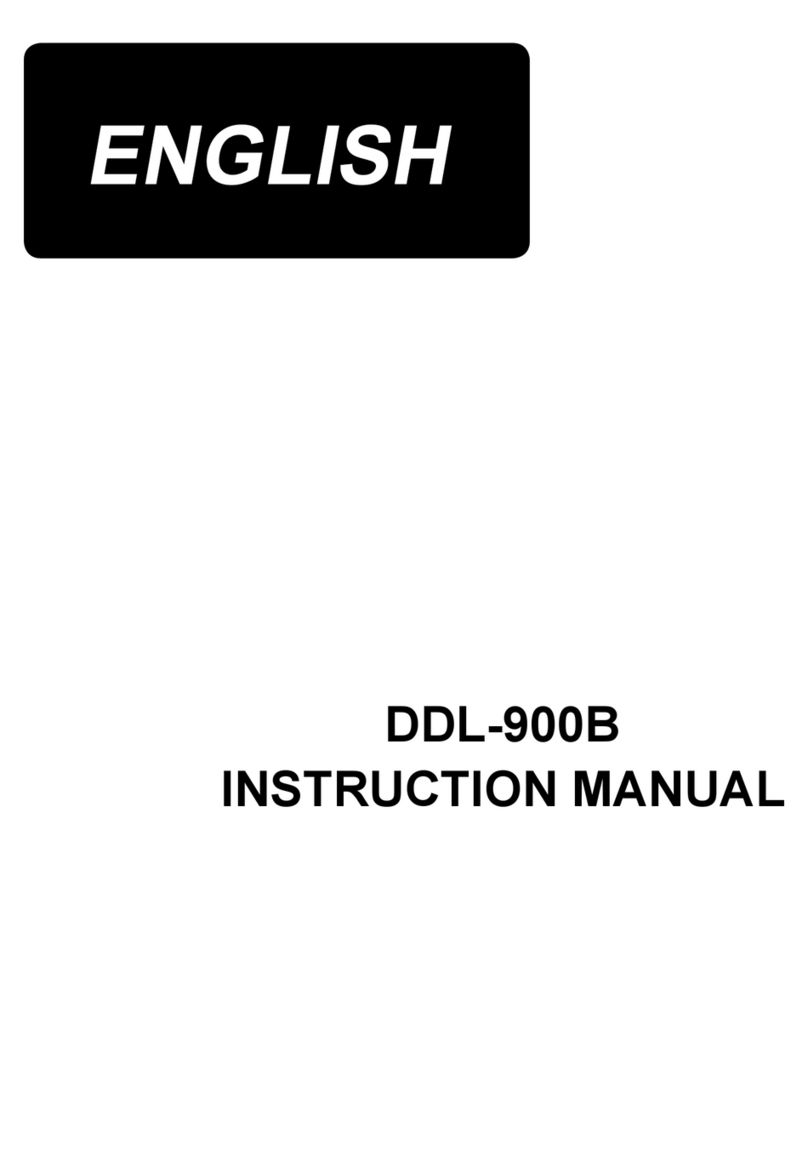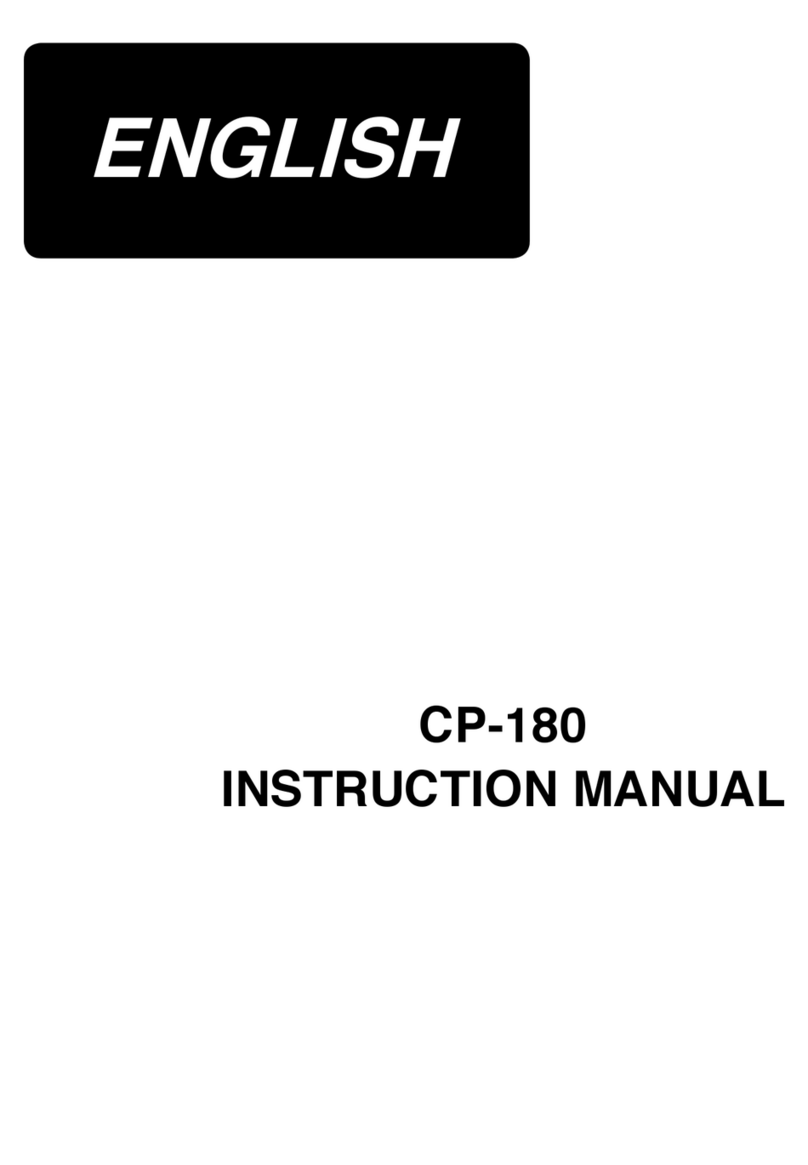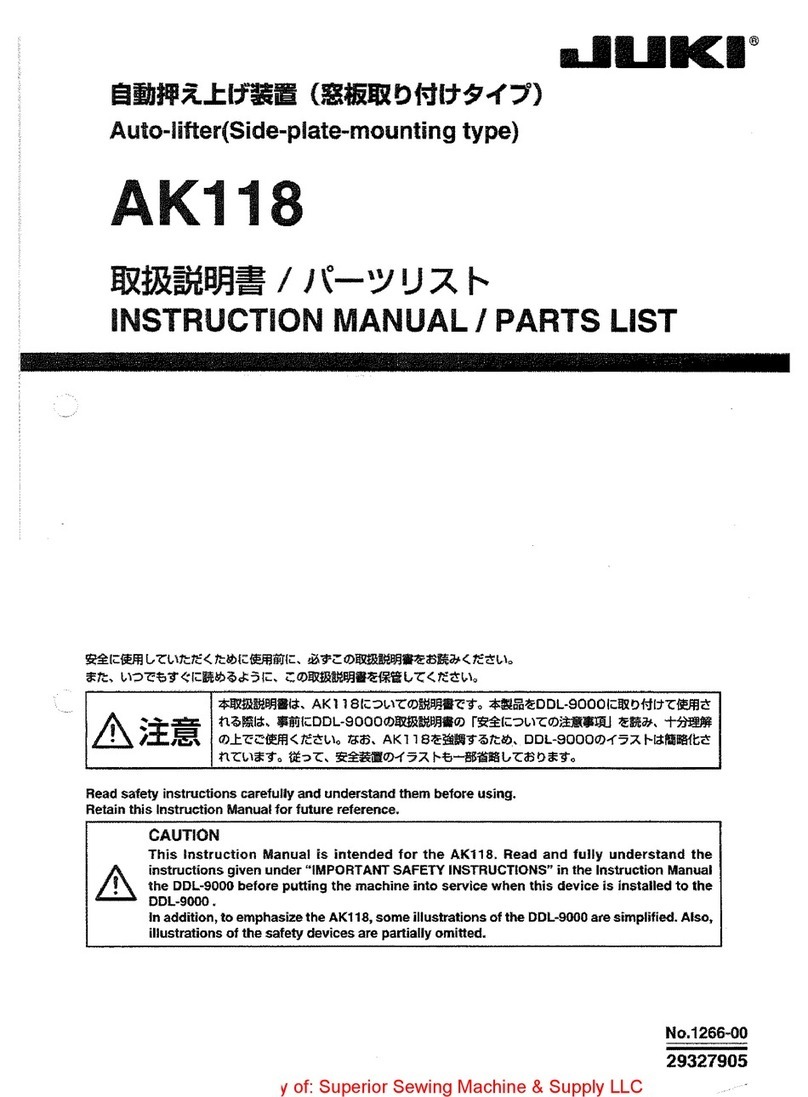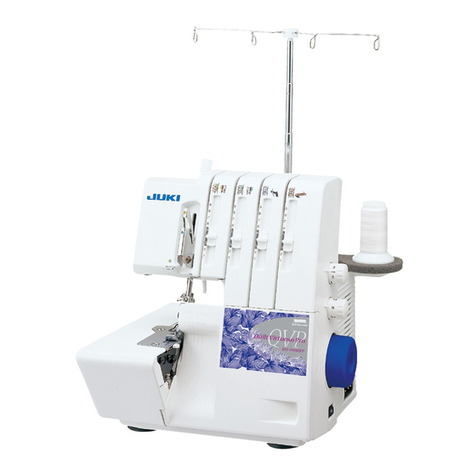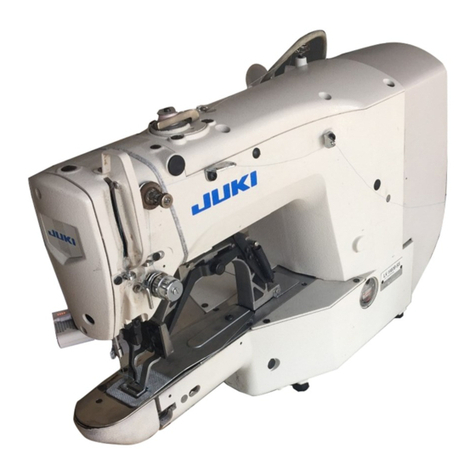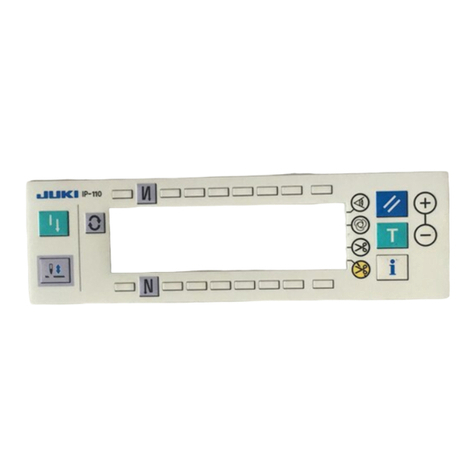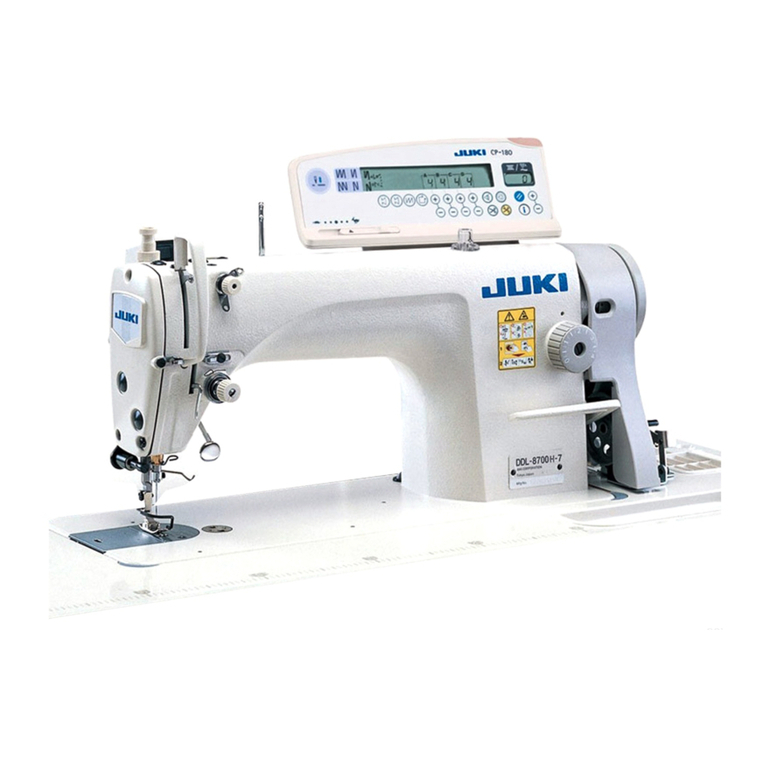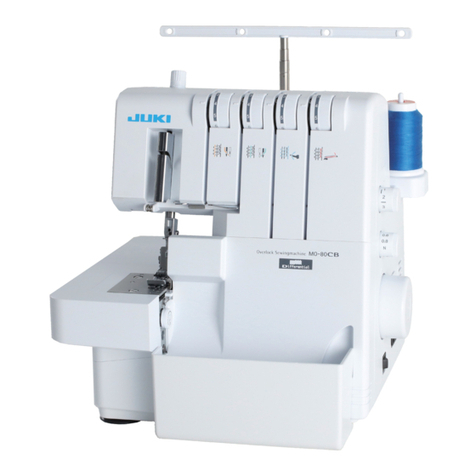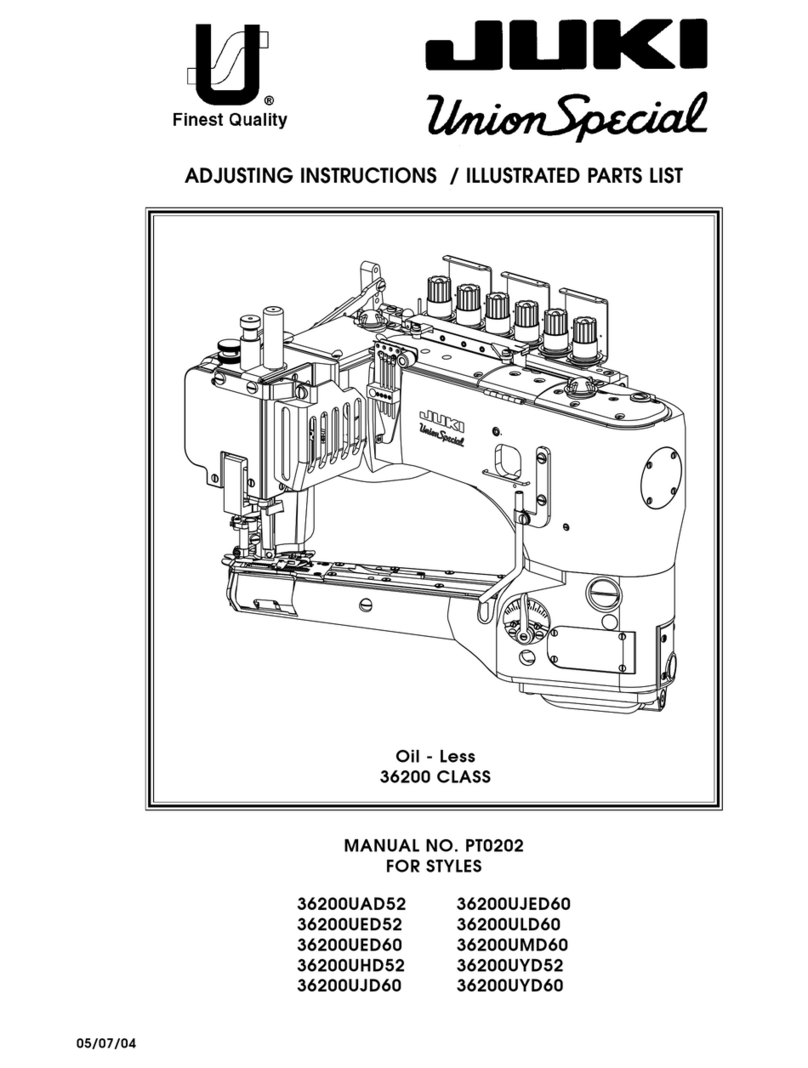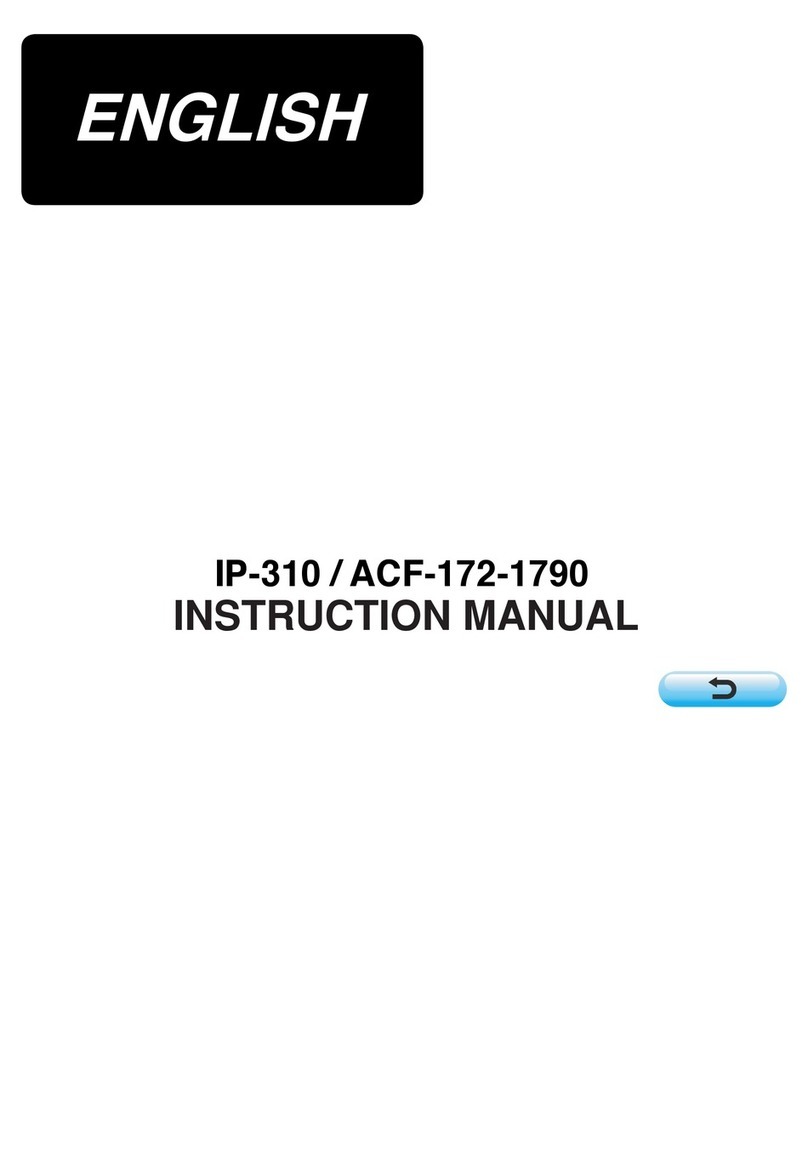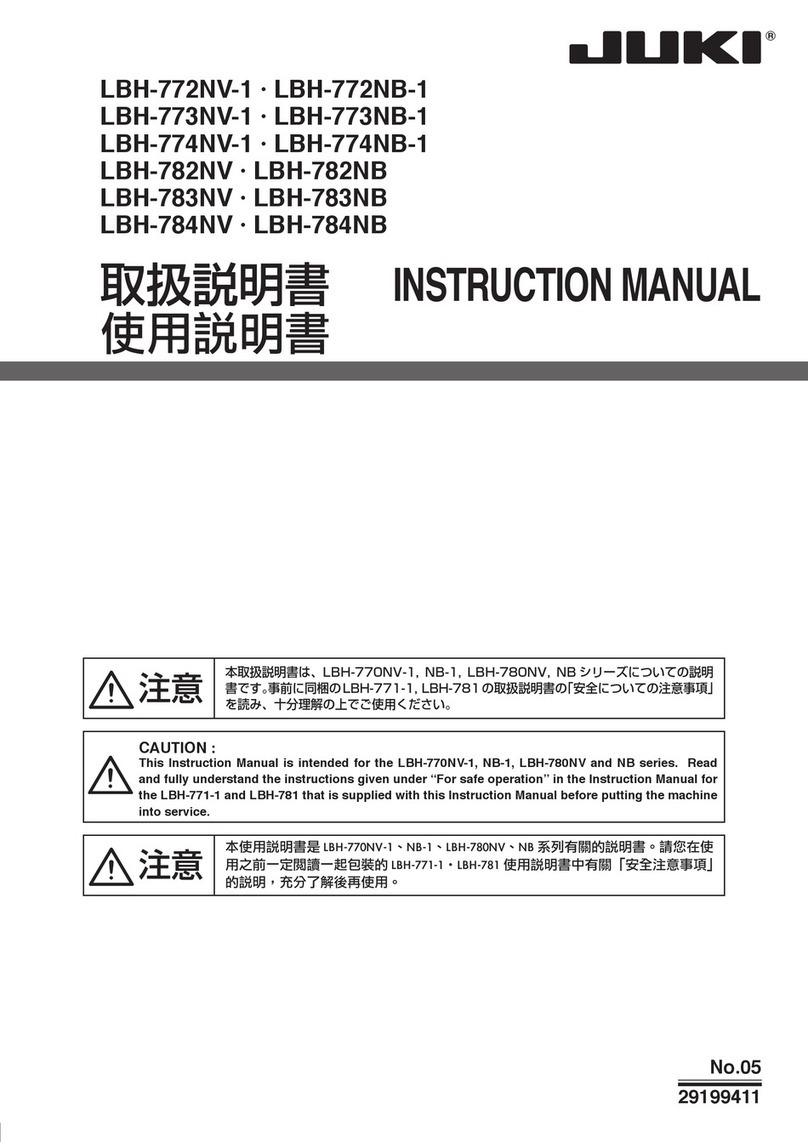
7-3-4. Adjustment of the knife unit ..................................................................................... 89
7-3-5. Adjustment of thread trimming speed ................................................................................... 90
7-4. Adjustment of the picker................................................................................................... 91
7-4-1. Checking the standard adjustment ........................................................................................91
7-4-2. Standard adjustment ...............................................................................................................91
7-4-3. Standard adjustment (Adjustment at the tip position) ......................................................... 91
7-5. Active-presser multi-layered section detection function............................................... 92
7-5-1. Multi-layered section detection function ...............................................................................92
7-5-2. Multi-layered-section detection number of stitches setting function................................. 94
7-6. Grease shortage alarm...................................................................................................... 95
7-6-1. Regarding the grease shortage alarm ...................................................................................95
7-6-2. E221 Grease-shortage error....................................................................................................95
7-6-3. Regarding K118 error resetting procedure............................................................................96
8. HOW TO USE THE OPERATION PANEL (APPLICATION).......................................... 97
8-1. Management of sewing patterns...................................................................................... 97
8-1-1. Creation of a new pattern........................................................................................................ 97
8-1-2. Copying a pattern ....................................................................................................................99
8-1-3. Deleting a pattern...................................................................................................................100
8-2. Setting up the polygonal-shape stitching ..................................................................... 101
8-2-1. Editing a polygonal-shape stitching pattern .......................................................................101
8-2-2. Creating a new polygonal-shape stitching pattern............................................................. 103
8-2-3. Setting the step from which polygonal-shape stitching is started ................................... 103
8-3. Cycle pattern.................................................................................................................... 104
8-3-1. Selecting the cycle pattern ...................................................................................................104
8-3-2. Editing cycle sewing data ....................................................................................................105
8-3-3. Creating a new cycle pattern ................................................................................................106
8-3-4. Setting the step from which cycle sewing pattern is started ............................................108
8-4. Custom pitch.................................................................................................................... 109
8-4-1. Selecting a custom pitch.......................................................................................................109
8-4-2. Creating a new custom pitch ................................................................................................ 111
8-4-3. Custom pitch edit function ................................................................................................... 114
8-4-4. Copying/deleting a custom pitch ......................................................................................... 115
8-5. Condensation custom pattern........................................................................................ 116
8-5-1. Selecting the condensation custom .................................................................................... 116
8-5-2. Creating a new condensation custom ................................................................................. 116
8-5-3. Condensation custom edit function..................................................................................... 119
8-5-4. Copying/deleting a condensation custom........................................................................... 120
8-6. Simple lock of the screen ............................................................................................... 121
8-7. Version information......................................................................................................... 121
8-8. Adjustment of brightness of the LED panel.................................................................. 122
8-9. Information....................................................................................................................... 123
8-9-1. Data communication..............................................................................................................123
8-9-2. USB .........................................................................................................................................126
8-9-3. Production management....................................................................................................... 128
8-9-4. NFC..........................................................................................................................................131
8-10. Key customization......................................................................................................... 132
8-10-1. Assignable data....................................................................................................................132
8-10-2. How to assign a function to a key ......................................................................................133
iii
